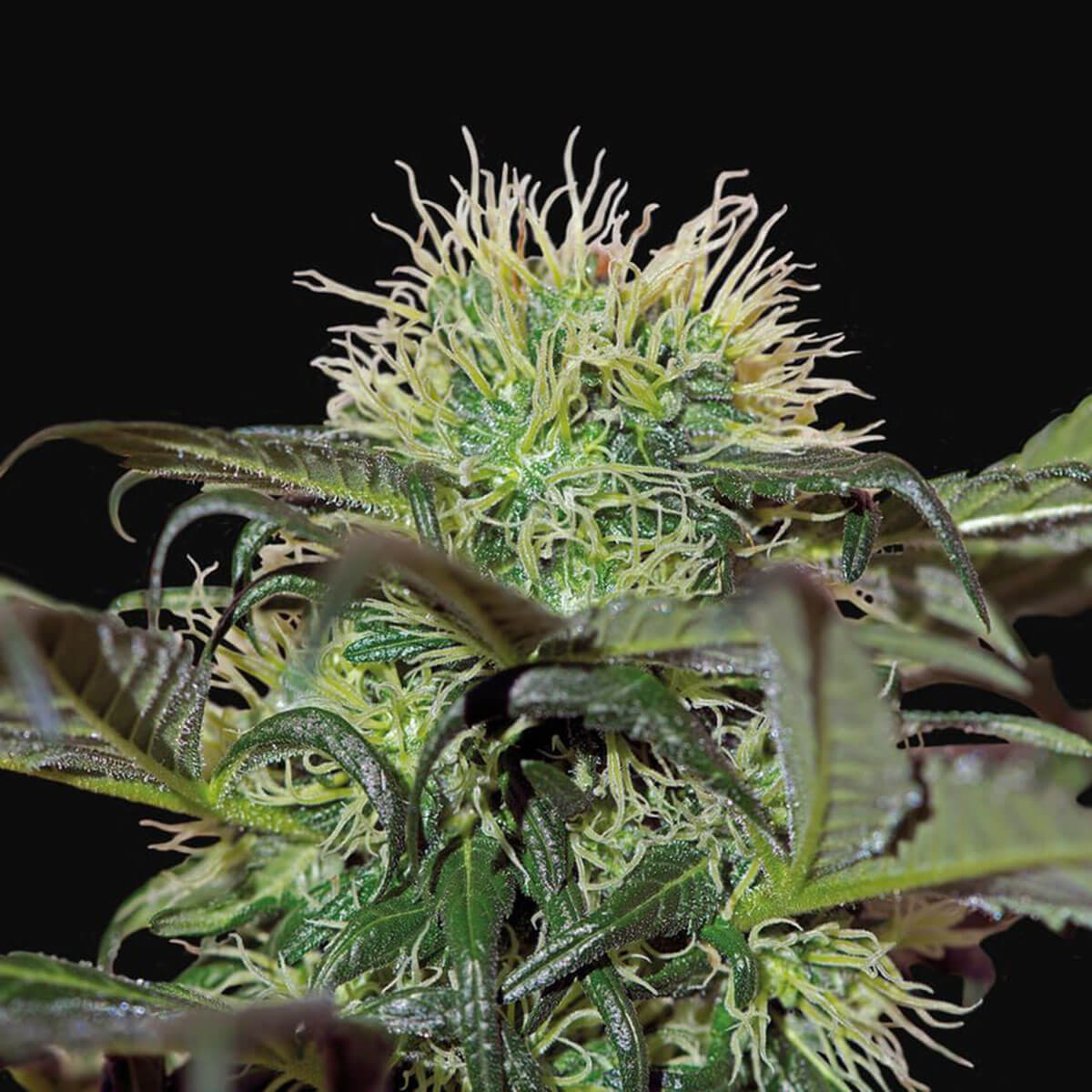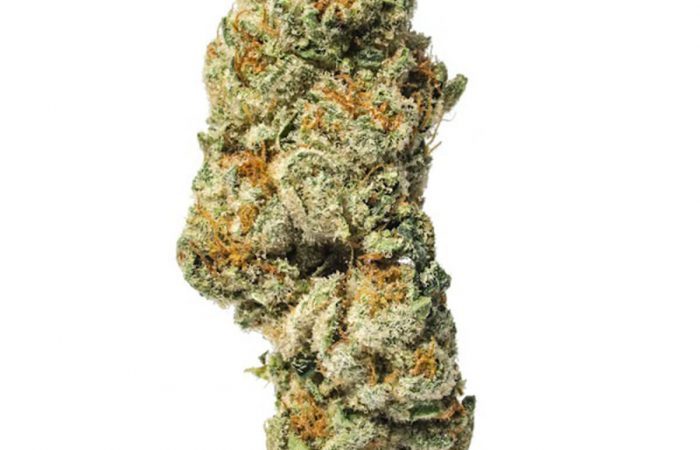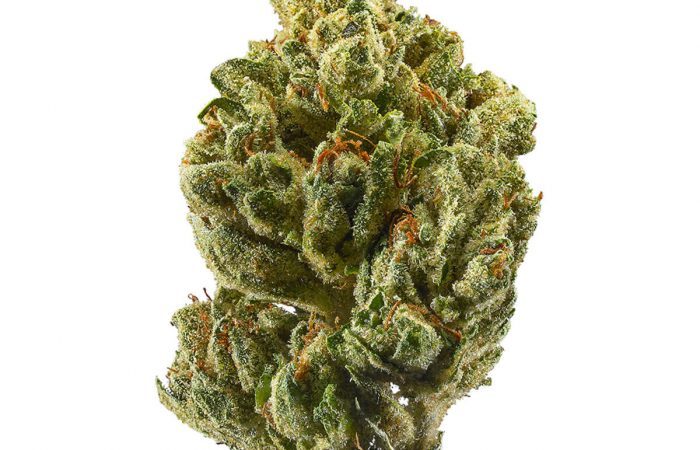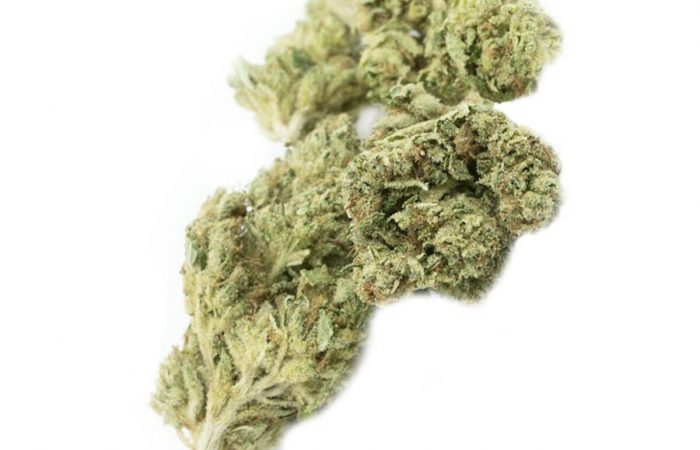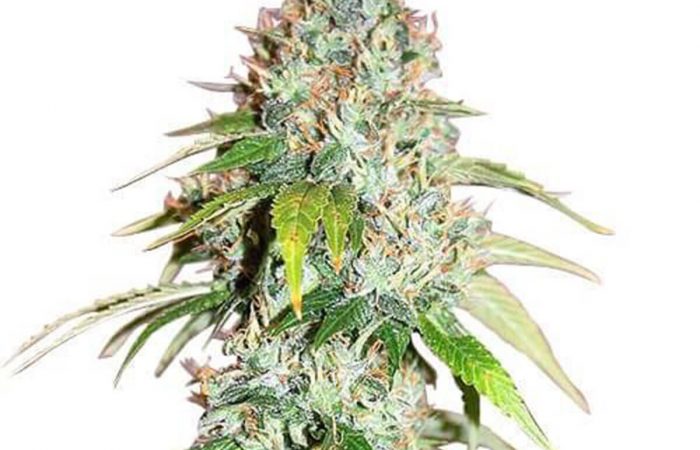Bad Azz Kush Strain FAQ
Why and how to defoliate bushy cannabis plants like Baby Bad Azz Kush?
Defoliation is the process of removing leaves from a plant. For cannabis plants, defoliation can encourage bud development, improve air circulation, and increase light exposure. When done correctly, defoliation can result in larger, healthier buds. However, exercising caution when removing leaves is essential, as too much defoliation can damage the plant. The best time to defoliate a cannabis plant is during the vegetative stage. At this point in the plant’s life cycle, it is actively growing and can recover quickly from leaf loss. To begin, start by gently removing any large fan leaves blocking light from reaching the buds. Next, trim away any small leaves that are growing along the stem. Once the leaves have been removed, carefully check the plant for damage and nick any damaged areas with a sharp knife. Finally, give the plant plenty of water and monitor it closely for signs of stress. With proper care, your cannabis plant will soon recover from its leaf loss and continue to produce healthy buds.
What is FIM, and why perform it on Bad Azz Kush?
Fimming is a cannabis pruning technique that involves removing the growing tip of a plant to encourage lateral growth. This can be done with a sharp knife or set of scissors, and it is typically performed when plants are 3-4 weeks into the vegetative stage. Fimming encourages the growth of multiple buds along the length of stems, rather than just a single bud at the end of each branch. This can result in denser, bushier plants with more flowers or buds. To achieve the best results, it is crucial only to remove around 20-30% of the plant’s total mass when fimming. Removing too much can result in stunted growth or an uneven canopy. When performed correctly, fimming can be an effective way to increase yields and produce higher-quality cannabis plants.
What are the pros and cons of Sea of Green?
The “Sea of Green” (SOG) method is a planting technique often used when growing cannabis. The main goal of SOG is to produce a large number of small plants rather than fewer large plants. This method can be very effective in terms of yield, as it allows growers to pack a large number of plants into a small space.This allows each plant to receive an equal amount of light, encouraging them to produce more flowers. To achieve this, growers typically start with a few clones and then carefully control the light and nutrients the plants receive. In some cases, SOG gardens may also be fitted with special reflective materials to maximize the amount of light the plants receive. The result is a dense canopy of flowers that can produce an impressive yield.
However, there are also some drawbacks to using SOG. First, it can be difficult to achieve uniformity when using this method, as growing various plants tend to mature at different rates. Second, SOG can result in a lower overall bud quality if not performed correctly, as smaller plants tend to produce lower-quality flowers. For these reasons, SOG is not necessarily always the best option for all growers.
